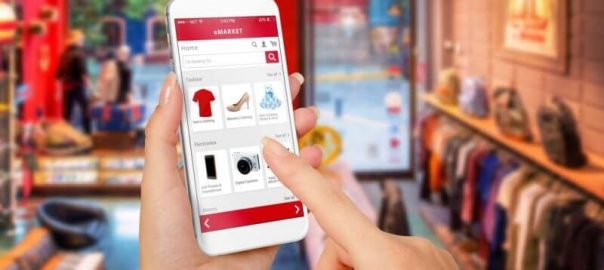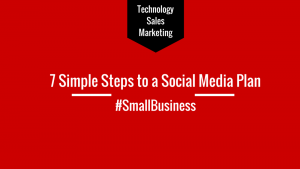Mobile devices have driven 58 percent of site visits and about 39 percent of purchases to date.

The Saturday before Christmas is known as either “Super Saturday” or “Panic Saturday,” depending on your perspective, and it should see higher retail foot traffic than Black Friday, according to location intelligence firm, Cuebiq. By the same token, online revenues are soaring and will continue to set records this year according to Adobe Analytics, which measures transactions from 80 of the top 100 U.S. online retailers
Super Saturday outpaces Black Friday in store visits. Cuebiq analyzed 2017 holiday visitation patterns for major U.S. retail chains, including Target, Walmart, JC Penney, Macy’s, Kohl’s and others. The company found that these retailers actually saw more store visits the Saturday before Christmas than on Black Friday, which is popularly seen as the high water mark for in-store holiday shopping. In 2017, Black Friday actually had about 83 percent of Super Saturday store visits.
Now is also the time when many people shift their focus back to stores because of online-shipping times. For that reason, many people will take advantage of Buy Online Pick Up In-Store (BOPIS) where it exists. Adobe said that BOPIS shopping is up 47 percent year-over-year.
At least $126 billion. Adobe also reported that as of December 19, U.S. consumers had spent almost $111 billion online, during the holiday period, which beat 2017 online sales to that point by nearly $17 billion. And when the wrapping paper finally settles, the period from November 1 to December 31 will emerge as the “biggest online shopping period of all time” — coming in at least $126 billion according to Adobe’s forecast.
Mobile devices (smartphones, tablets) have so far been responsible for roughly 58 percent of site visits and about 39 percent of purchases. Just over $33 billion in sales have been generated by smartphones alone, which represents a 57 percent year-over-year increase.
Direct navigation the top channel. The following are the top channels for online revenue according to Adobe:
- Direct site traffic — 27 percent
- Paid search — 25 percent
- Organic search — 21 percent
- Email — 20 percent
- Social media — less than 2 percent
Why should you care. Even as online shopping has surged to new levels, gone are the days of “online vs. offline” as consumer shopping patters and the customer journey have become more complex and multifaceted. More than ever online and offline shopping are interconnected.
As the data above also make clear, there are relatively distinct phases to holiday shopping, likely connected to customer personas. Retailers need to clearly understand their customers and these patterns, and manage the timing of their marketing spend, messaging and channels accordingly.
Marketing Land – Internet Marketing News, Strategies & Tips
(52)
Report Post









